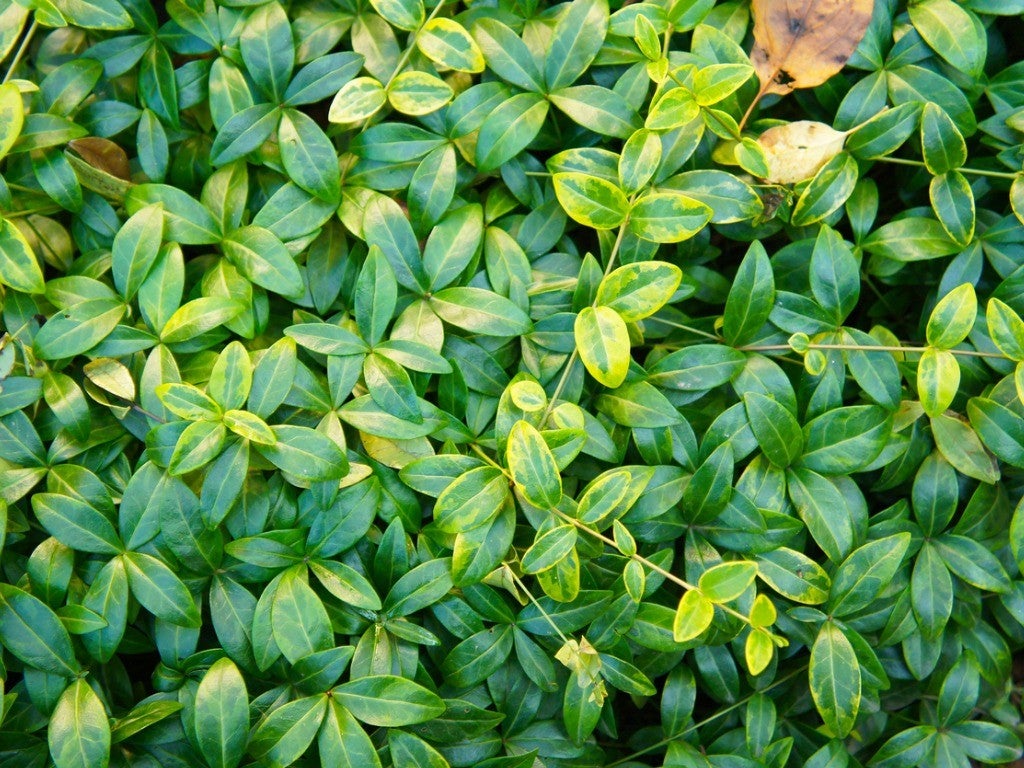Part Sun And Shade Ground Cover For Every Garden


Groundcovers in your bed or border offer a finished appearance, almost like a carpet growing underneath taller blooms. Choose a complementary color with flowers or foliage to add as a groundcover for sun and shade. A number of these coverings are available, no matter your conditions or climate. Plants thought of as groundcovers are normally only 12 inches (30 cm.) tall, with many being much shorter.
Groundcover for Sun and Shade
This type of plant is used in a variety of other situations. Groundcover plants may trail or cascade over walls or rocks located in a garden or be used to draw attention to a hanging basket or other outside display container. These plants are also grown to alleviate erosion in sloping areas and to stop the spread of other plants that may be invasive.
Take a good look at the area where you wish to add a groundcover and determine if it is primarily in the sun, the shade, or some combination of both. Also, take a look at how tall your other flowers growing there will be in maturity. When you’re sure of your growing conditions, you can then select just what groundcover you prefer and be assured it will develop and spread properly in the area.
We’ll discuss a range of available ground coverings and explain their strengths and weaknesses when growing in your outdoor location in part sun and part shade here. You’ll find this is a common sun condition in many of your planting areas.
Perennial Groundcovers
The following are returning groundcovers used regularly in beds and borders that get part sun and part shade.
- Blue Spruce
- Creeping Red Sedum
- White Bloodroot
- Periwinkle Vinca Minor
- Bigroot Geranium (many varieties)
Groundcover for Shade
If you wish to finish off a shady spot with an appropriate, spreading groundcover you’ll find a good selection for your project, including:
These are by no means any type of complete list of groundcovers you might plant. Numerous specimens are available, so you can find one that returns easily each year, needs little maintenance and looks just like what you desire.
Sign up for the Gardening Know How newsletter today and receive a free copy of our e-book "How to Grow Delicious Tomatoes".
Planting Groundcovers for the First Time
Spread out small plants when originally planting or grow from seed. Many groundcover plants will spread together quickly and return in the same manner each year.
Research groundcover plants before purchasing and planting. This is the best way to determine their spreading and return capabilities. You may find that plants growing from rhizomes spread most quickly.
Part Sun Groundcovers
Many of the following also perform well in a full sun area. They may be used to fill in a dappled sun area or one that just gets a few hours of sunshine daily:
- Lily of the Valley (sweetly fragrant and a quick spreader}
- Barrenwort or Bishops Weed
- Blue Rug Juniper (prefers a little more sunlight daily, making it almost a full sun plant)
- Moneywort (full to part sun)
- Moss Phlox

Becca Badgett was a regular contributor to Gardening Know How for ten years. Co-author of the book How to Grow an EMERGENCY Garden, Becca specializes in succulent and cactus gardening.